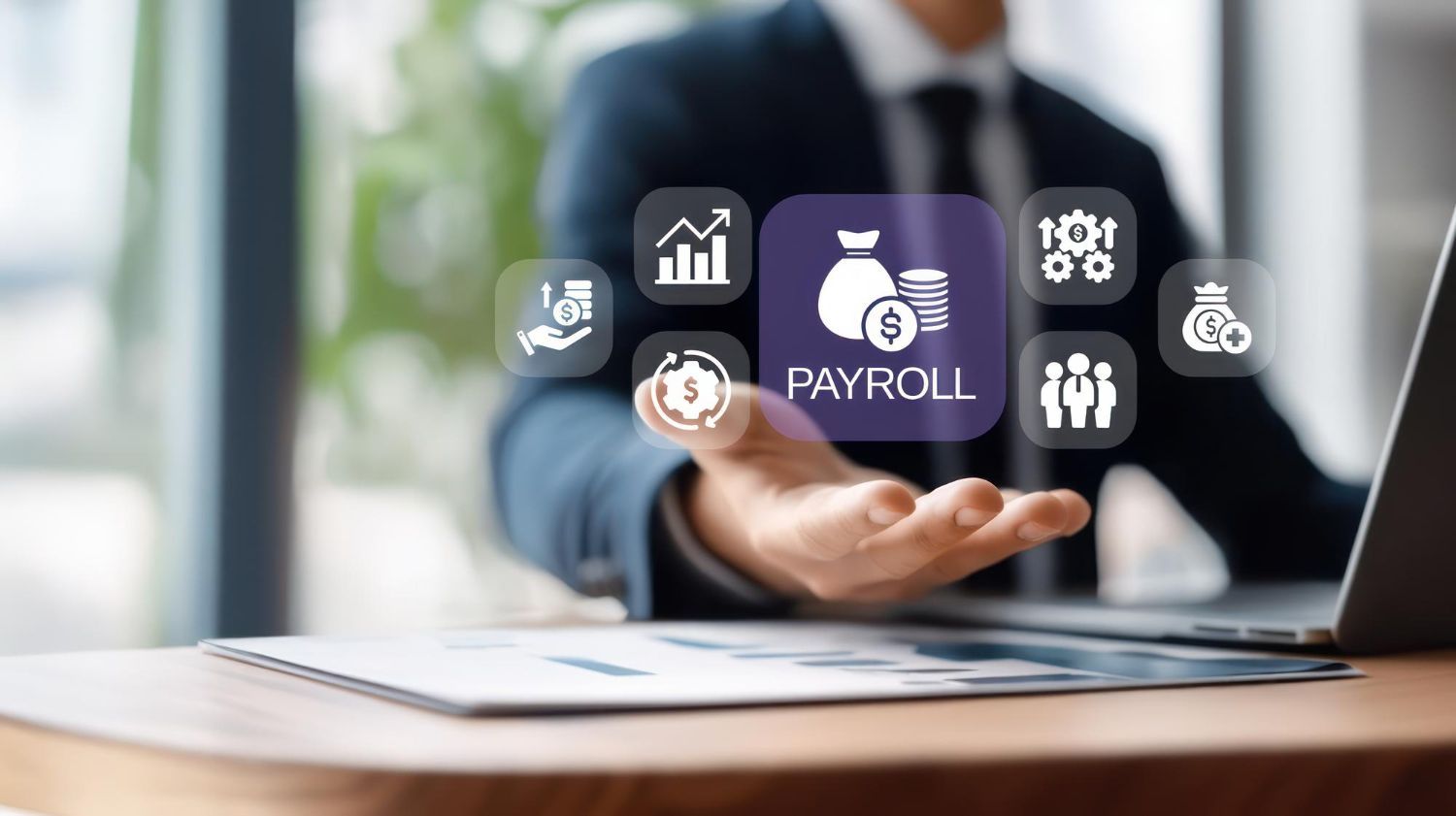Decoding COGS: Understanding the Cost of Goods Sold
Unveiling the Significance of Gross Profit and Cost of Goods Sold (COGS)
Gross profit, along with its counterpart gross margin percentage, is a vital metric used to evaluate the efficiency of a company’s products or services. This metric holds immense importance for business owners and external stakeholders alike, as it provides valuable insights into the financial performance of a business for cost of goods sold.
At the heart of gross profit are two key factors: revenue and cost of goods sold (COGS) or cost of sales (COS). These drivers play a pivotal role in determining the gross profit figure and its subsequent analysis.
However, before delving into the calculation of gross profit, it is essential to develop a thorough understanding of COGS.
Understanding the Significance of COGS and Gross Profit
In evaluating a company’s operational efficiency, one key metric that draws significant attention from business owners and stakeholders is gross profit, often measured as a gross margin percentage. To comprehend the calculation of gross profit, it is crucial to delve deeper into the concept of cost of goods sold (COGS).
COGS Explained:
COGS represents the expenses incurred (in monetary terms) to create, purchase, or service a product that generates revenue. In essence, COGS comprises costs directly associated with delivering a product or service to customers. While specific industries may have their own methods of calculating COGS, the fundamental principle is that no other expenses apart from the product’s direct cost are included (e.g., overhead costs like rent, marketing, and advertising are typically excluded as they are not directly attributable to the product or service).
COGS is a significant component of a company’s income statement or profit and loss statement, directly impacting net income and business taxes.
Calculation of COGS:
Different industries have distinct approaches to calculating COGS. Here are a few examples:
- Manufacturing (including e-commerce): For manufacturing companies, COGS encompasses the costs associated with creating the product, including labor, manufacturing overhead, and raw materials. Combining these inputs provides a clear understanding of the company’s COGS.
- Finished Goods (including e-commerce): Companies involved in purchasing finished goods for resale factor in all costs associated with procuring those goods from suppliers. This includes the cost of finished goods, freight expenses, and other landed costs associated with bringing the items to the company’s place of business or a third-party logistics facility (3PL), including warehousing.
- Software as a Service (SaaS): In the SaaS industry, there is a general consensus on the inputs that contribute to the cost of sales (COS) or cost of revenue (COR), as there are no physical goods involved. COS typically includes staffing costs for customer support and implementation specialists, hosting expenses (e.g., AWS, Rackspace), costs related to subcontractors or other companies involved in product delivery, and fees for third-party software integrated into the SaaS product. Development costs, although significant, are typically not included in COS.
- Service-based businesses: In service-based businesses, expenses related to service delivery are recognized as COS. This often includes costs associated with salaries, wages, and subcontractors, as the focus is on providing services rather than physical goods. Technology, machinery, and goods play a lesser role in service-based COS calculations.
Also Read: Are tipping subject to taxation in Canada?
Calculating COGS for Your Business:
Precise calculation of COGS varies for each business, and there is no one-size-fits-all method. Comparisons can be made with similar industries and companies (as mentioned above), but every business is unique and may require adjustments to ensure accurate COGS measurement—an essential metric for gauging a company’s viability and profitability.
The Vitality of COGS and Gross Profit:
COGS serves as a crucial indicator of a company’s efficiency in selling goods or services. High COGS and low profit margins, with no feasible way to significantly reduce COGS, may prompt businesses to consider pivoting. For scaling or established companies, COGS provides insights into cost containment and the need for potential actions such as renegotiating supplier deals. COGS is widely used as a benchmarking metric, especially within the same industry, and garners significant interest from investors and stakeholders.
Calculating Gross Profit:
Gross Profit = Revenue – COGS
Gross Margin % = (Gross Profit / Revenue) x 100
Gross profit represents the absolute dollar amount, while gross margin percentage allows for comparisons with other businesses and industries. A higher gross profit and margin indicate greater efficiency in generating profit from each dollar of revenue.

Operating Expenses:
Operating expenses are indirect costs not directly tied to revenue generation. For example, marketing expenses are typically classified as operating expenses, as it is challenging to directly link ongoing marketing campaigns to earned revenue. Other examples include rent, professional fees, and internal software costs. Although operating expenses are important, they are deducted from gross profit. COGS is considered a more crucial metric for assessing long-term viability and profitability.
If you require assistance in analyzing your business or financial statements and determining COGS, COS/COR calculations, feel free to reach out to us. We’re here to help!
The post Decoding COGS: Understanding the Cost of Goods Sold appeared first on DBM Accounting | David B. McKeand Professional Corporation.
Share This Blog











